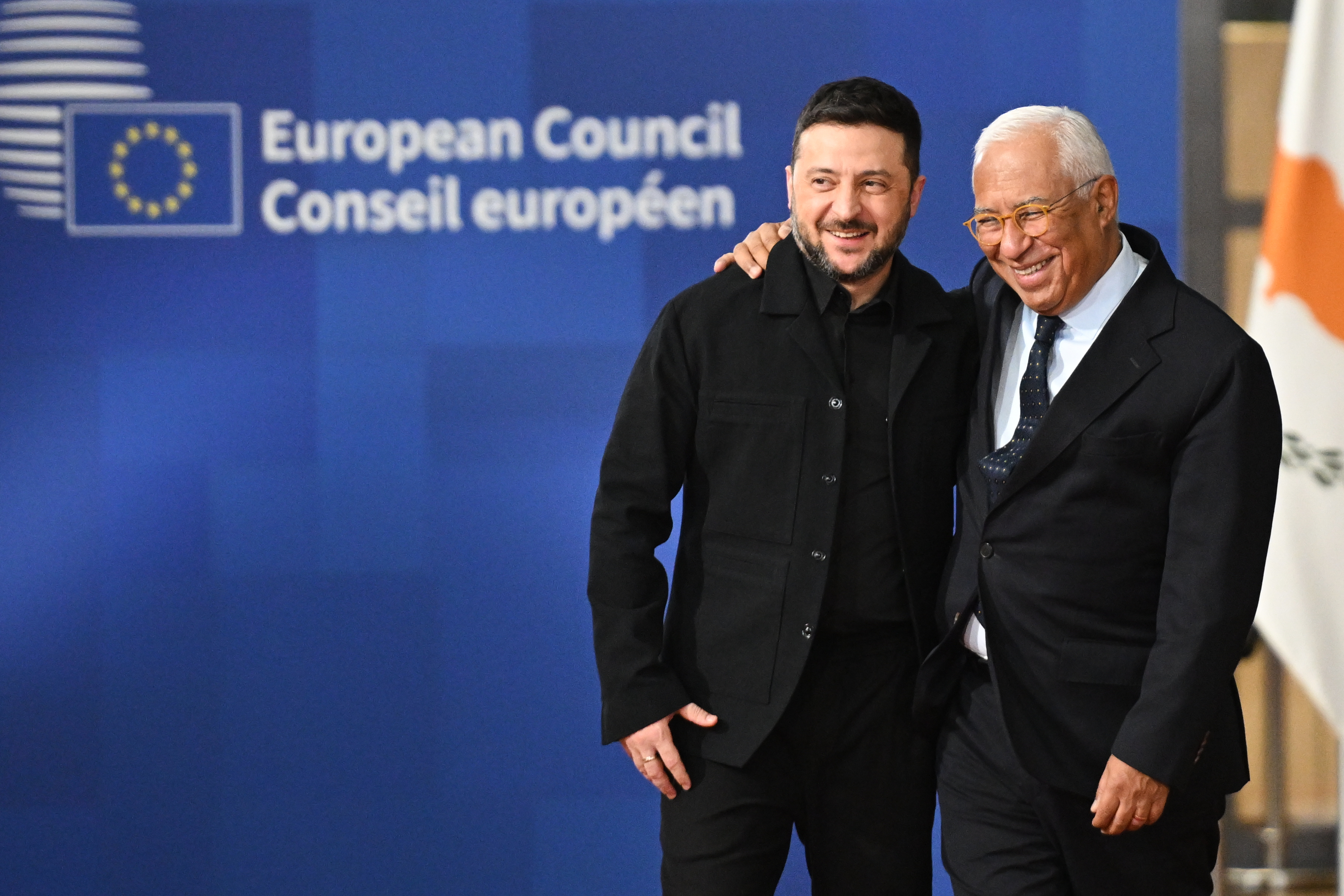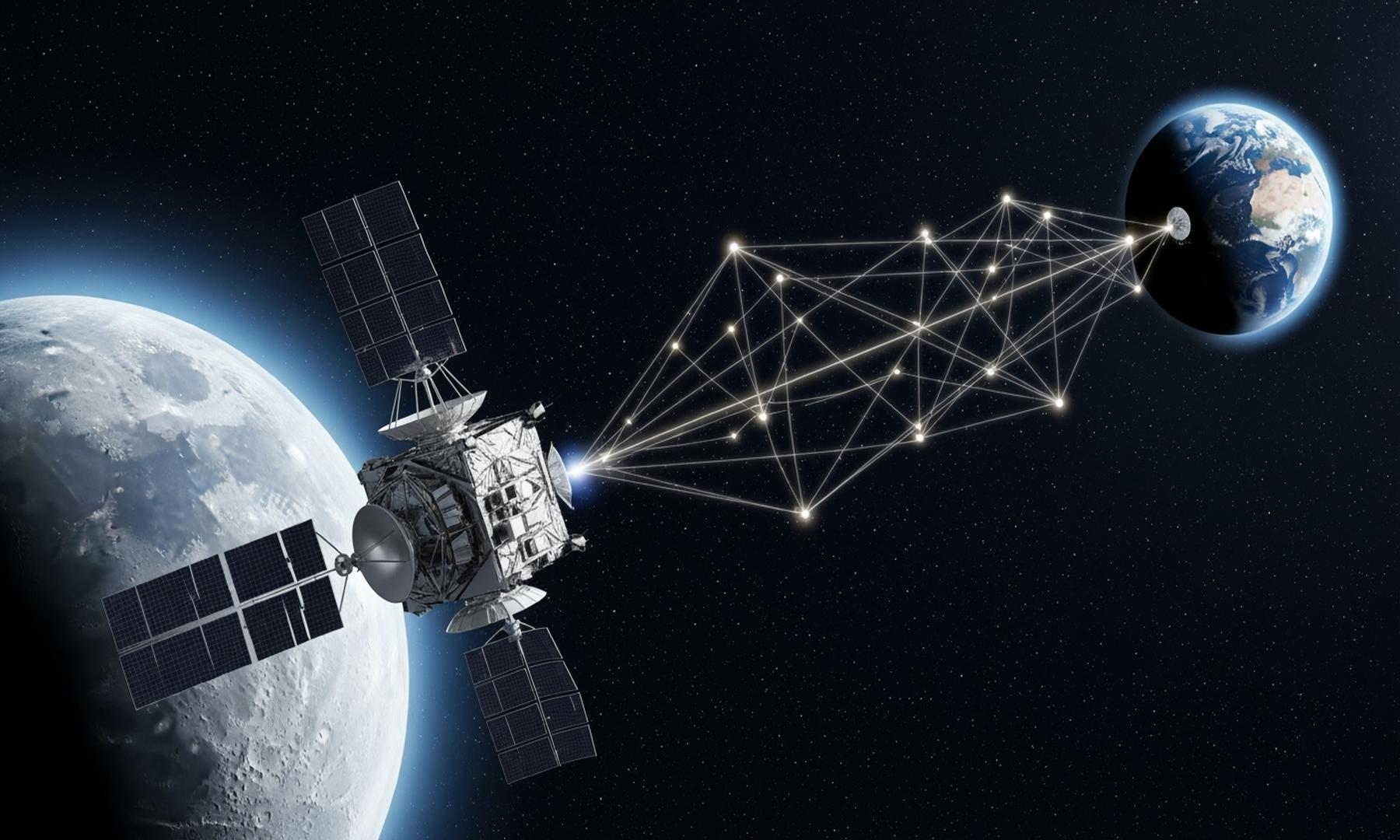What's Happening?
The Federal Energy Regulatory Commission (FERC) has denied NV Energy's request to allow interconnection customers to withdraw their requests without incurring penalties. This proposal was introduced following changes in clean energy tax credit rules and
other actions by the Trump administration. NV Energy's request was supported by the Solar Energy Industries Association and the Interwest Energy Alliance, who argued that it would help eliminate non-viable projects from the utility's interconnection queue. However, FERC found the request too broad, as it was not limited to a specific number of customers with a demonstrated need for relief. NV Energy currently has 69 projects, totaling approximately 23.1 GW, in its interconnection queue, including significant solar and battery storage projects.
Why It's Important?
The decision by FERC highlights the regulatory challenges faced by utility companies in managing interconnection queues amid evolving energy policies. The rejection of NV Energy's proposal could slow down the removal of non-viable projects, potentially delaying the integration of new renewable energy projects. This decision underscores the complexity of balancing regulatory requirements with the need to accelerate clean energy deployment. Stakeholders in the renewable energy sector may need to navigate these regulatory hurdles to ensure project viability and timely execution.
What's Next?
NV Energy and other stakeholders may need to explore alternative strategies to manage their interconnection queues effectively. This could involve working with FERC to develop more targeted proposals that meet regulatory criteria. Additionally, the decision may prompt further discussions on how to streamline interconnection processes to support the growth of renewable energy projects. The outcome of these discussions could influence future regulatory frameworks and policies affecting the renewable energy sector.















